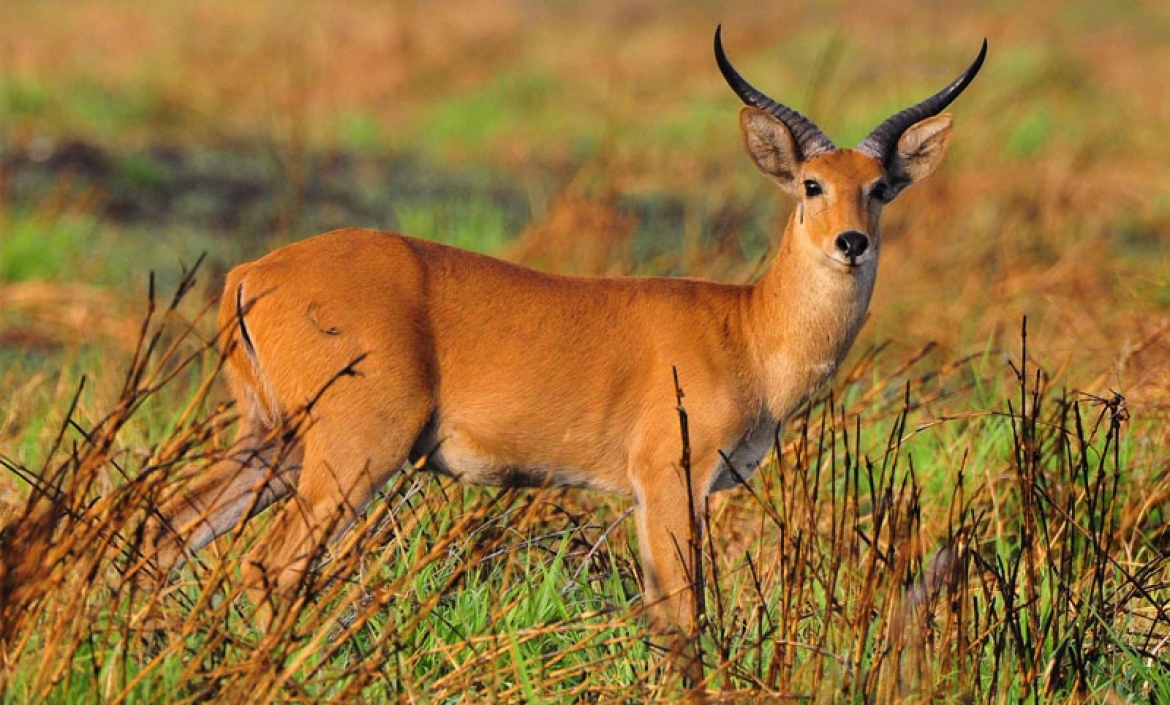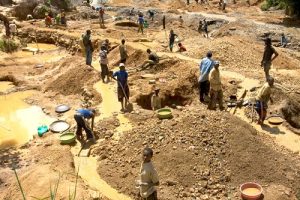
BY GIRMACHEW GASHAW
Maze National Park is one of the youngest Ethiopian National Parks, which is located in Gamo Gofa Zone in South West Ethiopia. The name of the park “Maze” is derived after the largest river that crosses the park.
Established in 2005, the Maze National Park derives its name after the Maze River that traverses through its length. It was established in 2003 after several surveys and studies were carried out.
Prior to 2003, Maze served as a hunting area for Swayne‟s Hartebeest and Buffalo. It is a small park with an area of 2,020 hectares and located 473 and 248 kms from Addis Ababa and Awassa respectively.
According to park warden Mesfine Chima, the altitude ranges from 1000 to 1200 meters above sea level. The rainy season extends from March to September and rain is estimated to be between 800 to 1600 mm per annum. While the area has 38 species of mammals, major wildlife includes Swayne‟s Hartebeest and Buffalo. To date, 138 bird species have been recorded for Maze.
The main rivers, which are tributaries to the river Maze are Lemase, Domba and Zage rivers, Mesfin noted.
Maze is one of the last remaining sites for the conservation of the Swayne‟s Hartebeest. It is arguably the second most important site for the Swayne‟s Hartebeest after Senkelle Hartebeest Sanctuary. Recent wildlife counts have revealed there could be up to 300 Hartebeests at Maze.
Besides wildlife the site has unique land features. Mount Gughe, which rises to 4200 meter above sea level, is found on the boundary of the park. Bilbo hot springs, found in the Park’s southern parts, have geysers that spout steam into the air. The Wonja caves are an added attraction to the site.
Before it joined the national parks, the park was controlled for hunting areas for many years starting from the Derg regime and it has been called “Shambara Bazuwa” where Shambara stands for Very Wide Area and Bazuwa stands for Wilderness or Desert by the local people. It lies within the boundaries of five weredas namely Qucha, Daramalo, Zala, Kamba and Denba Gofa.
The park was developed into a national park for its endemic mammal Swayne Hartebeest of Ethiopia where the population of the Swayne Hartebeest is the third around the world, according to the document from Arba Minch University the park is located about 460, 235 and 22 km South West of Addis Ababa, Hawassa and Selam Ber, capital of Qucha wereda, respectively.
GPS data has shown that the park covers an area of 220 squares kilometers with altitudes ranging from 900 to 1400 meters above sea level. The landscape of the park area includes a vast plain, some sloppy areas, small hills, escarpments and chain of mountains at its boundaries, it was stated.
According to Park Warden, the park and its surroundings have a unique natural, cultural and historical attractions wide range of wildlife and vegetation types.
Bilbo Hot Spring, which is situated at the southern part of the park, is a natural beauty where hot water gushes out of the ground forming a fountain; and used by local people and those who come from distant places as a source of cure. Wenja stone cave is a natural rock cave in the western surrounding of the park.
It is attractive to sight and can accommodate about 300 hundred people at once. According to elders, the site was used to punish criminals from the community who were proved to be guilty. Local communities around Maze National Park belong to the Omotic family. The major Nationality groups that live close to the park are the Qucha, Gamo, and Gofa.
Six vegetation types namely woodland, savanna grassland, grassland with short to medium height trees, bushland, riverine forest and mixed type (woodland and grassland) primarily reside in the park.
The recognized six vegetation types differ from each other in such factors as characteristic species composition, tree/shrub density, and physical feature of the land they occupy, habitat nature, and degree of disturbance by the human.
Of the recognized vegetation types, the most dominant vegetation types are grassland with small trees (24%) and savanna grassland (23%) and the least dense vegetation type is the mixed type (7%) where tree species grow in significant abundance, the study by Arba Minch University stated.
Meteorological data obtained from Morka station, which is located 2.5 km from the park, shows the highest average annual temperature recorded is 25.4oC while the lowest being 24.5oC. On the other hand, the average annual precipitation varied between 802.5 mm and 1494.7 mm.
The dominance of grassland and savanna grassland vegetation types is attributed to the hot and dry climate of the park which enjoys up to 1500 mm of precipitation in highly variable quantities
during the rainy months. The local climatic situation, therefore, might have favored grass species which complete their life-cycle within a short period.
The Park is covered by savannah grassland with scattered deciduous broad-leaved trees as well as riverine association along the main watercourses; Mesfine said adding that the Wild animal of the Maze National Park supports a wide range of savannah species, according to the park warden, so far 39 larger and medium-sized mammals and 196 birds’ species have been recorded.
It is one of the three sites in the world where a good population of the endemic Swayne’s Hartebeest’s population still survives. Besides, orbi, Bohor reedbuck, buffalo, warthog, bushbuck, waterbuck, greater kudu, lesser kudu, bush pig, Anubis baboon, velvet monkey, lion, leopard, wild cats, and several other kinds of cat can easily be found in the park, he added.
Following the protection and safeguarding tasks that have been carried out in the park, the number of wildlife is increasing. Indicating that the number of Swayne‟s was 300 by the year 2010, Mesfin said their population has quadruppled in 2019.
If we made census, the exact figure of Swayne‟s will rise more than the recorded figure, Mesfin noted adding that the park management has been doing various tasks together with stakeholders working in the area.
According to wildlife expert Semagne Yada, before the occurrence of COVID-19, the park has been visited by a range of tourists. The park is trying to facilitate conditions to further increase the number of tourists.
Semagne conveyed a message for those who want to visit the park, the topography of the park is comfortable to perceive wildlife easily. Apart from this, the road construction taking place near the park will increase tourist inflow to the park.
The Ethiopian Herald February 21/2021





